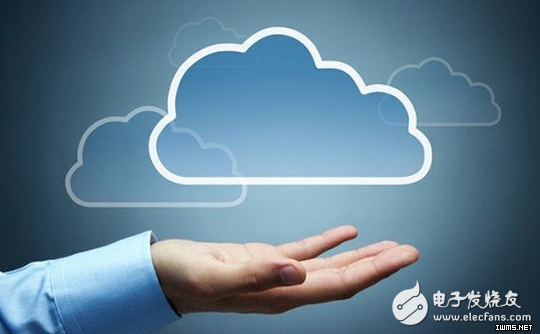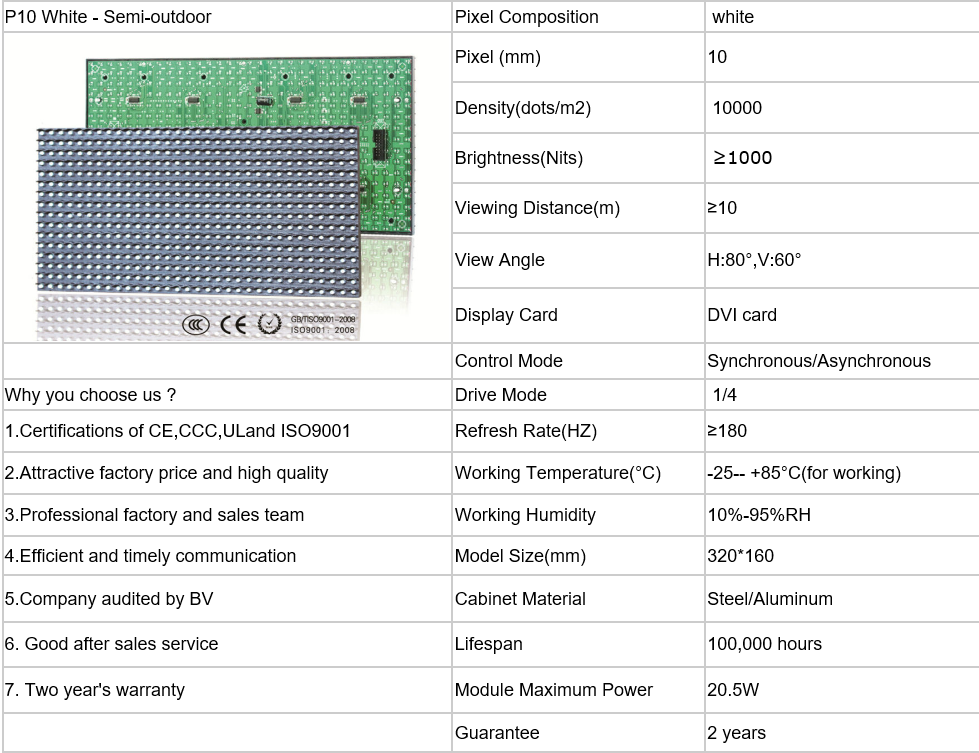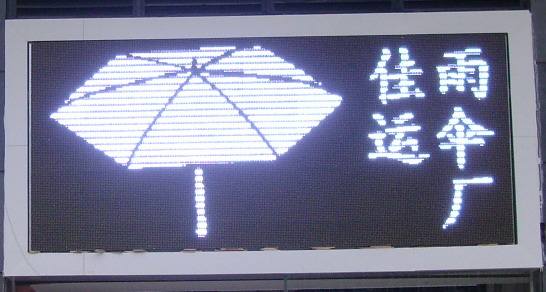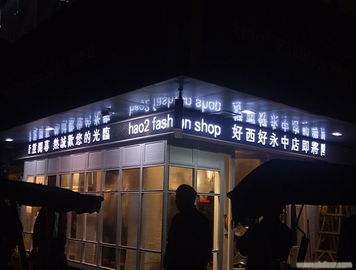With the in-depth development of the Internet of Things industry, after the development of the Internet of Things to a certain scale, the combination of physical resources and cloud computing is a matter of course. Some IoT industry applications, such as smart grid, seismic network monitoring, etc., the scale of the number of terminals has led to a large-scale demand for physical resources in IoT applications. One is that the number of access terminals may be massive, and the other is collection. The data may be massive.

Application of IaaS Mode in Internet of Things
Whether it is a horizontal general support platform or a vertical specific IoT application platform, physical resources can be shared on the basis of IaaS technology virtualization, and the business processing capability can be dynamically expanded. Based on the integration and abstraction of host, storage and network resources, IaaS technology has scalability and statistical multiplexing capabilities, allowing users to use it on demand. In addition to network resources, other resources can provide mature technology through virtualization, providing an effective way to solve the massive terminal access and data processing of IoT applications. At the same time, IaaS provides a unified service interface for various internal heterogeneous physical resource environments, providing a unified interface for resource customization, delivery and efficient use, and also facilitating some kind of software system and hardware system between IoT applications. Degree of loose coupling.
At present, some cloud computing centers and cloud computing platforms related to the Internet of Things are built in China, mainly the application of IaaS mode in the field of Internet of Things.
Application of SaaS Mode in Internet of Things
The existence of the SaaS model has been around for a long time. After being repackaged by the cloud computing concept, there is no special change except for other technologies that can utilize cloud computing (such as IaaS technology). Through the SaaS model, it is still realized that the services provided by the Internet of Things application are shared and used by multiple customers. This provides an effective way for various industries to apply and share information, and it also provides the possibility to efficiently utilize infrastructure resources and achieve cost-effective massive data processing.
Some of the changes that have occurred in the Internet of Things are that SaaS applications have expanded in the Perceptual Extension layer. They rely on a variety of information gathering devices of the perceptual extension layer to collect a large amount of data, and perform correlation analysis and processing based on these data to provide final business functions and services to end users.
In this case, multiple USNSP sensor network service providers deploy sensor nodes in different regions to provide basic information on the meteorological environment in each region. Other USNSPs that provide integrated services can aggregate the information provided by multiple such USNSPs, open them to the public, and provide travel guides to the public. At the same time, this information is also sent to the government's monitoring center. Once there is a sudden meteorological event, the government's public service agencies can quickly act.
Application of PaaS Mode in Internet of Things
Gartner divides PaaS into two categories, APaaS and IPaaS. APaaS mainly provides operating environment and data storage for applications; IPaaS is mainly used to integrate and build composite applications. People often say that PaaS platforms mostly refer to APaaS, such as Force.com and GoogleAppEngine.
In the context of the Internet of Things, due to the different value orientations and implementation goals of the builders, the specific applications of the PaaS model have different application modes and application directions.
From the current point of view, the combination of the Internet of Things and cloud computing is an inevitable trend. However, the combination of the Internet of Things and cloud computing also needs to be completed. Whether it is the PaaS model or the SaaS model, the application of the Internet of Things needs to be in a specific environment. Only in order to play its due role.
More than 10 years we are professional in manufacturing the single color Led Display in Shenzhen, China. We provide customized single color LED display board, and the single color LED display screen with excellent brightness and color performance, which are prefered by customers worldwide. According to customers' requirement, our Outdoor Single Color LED Display and Indoor Single Color LED Display can provide two ways of broadcasting, synchronous and asynchronous.



Single Color Led Display,Led Single Color Display,Single Color Matrix Led Display,Led Board Display
Shenzhen Joy LED Display Co., Ltd. , https://www.joe-led.com